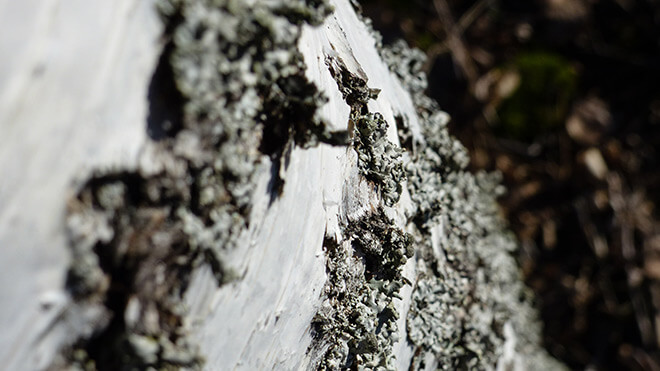Marshall and other - Orange - cabinets used Baltic Birch plywood, up to 13 plies, heavy, rigid.
All notions of "solid" woods being superior in tone don't matter when it comes to solid Birch Harmony guitars that used to sell in the $75 price range, now a bit more.
I've got the trifecta of small birch bodied parlor guitars, Stella (Harmony), Kay, and Airline, actually attached to each one to not sell them.
And a 12 string Stella - now fabled KC model - and a Kay mandolin, a whole lotta Birch.
The Airline I almost sold and had a case of sellers remorse in the moment, had to tell the buyer "no go" and he got a little desperate, offered me more I recall. I had my reasons, lucky guitar.
I was selling a Stella once, probably the one I still have - with psychedelic 3D top - to a couple Emo kids, sitting in my kitchen back when I had the house in town, and the one kid was playing it, and they weren't digging it, so I cut to the chase, "Do you want it?" and the kid says "I dunno, it sounds like a cheap guitar"
Bingo, it is a cheap guitar ;[]
My pile of Birch kindling, the plain top 3D Stella is not featured because it's not a burst.

